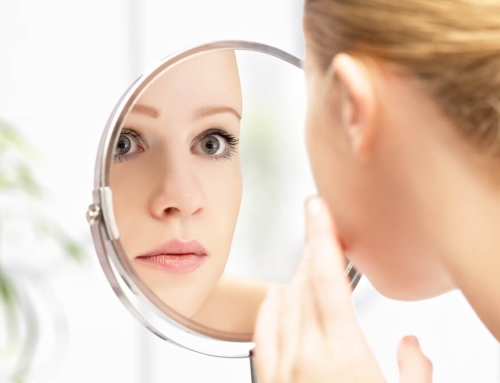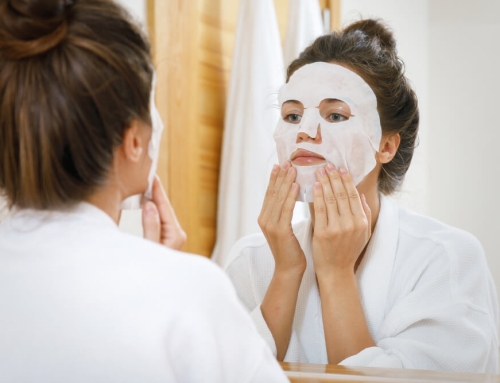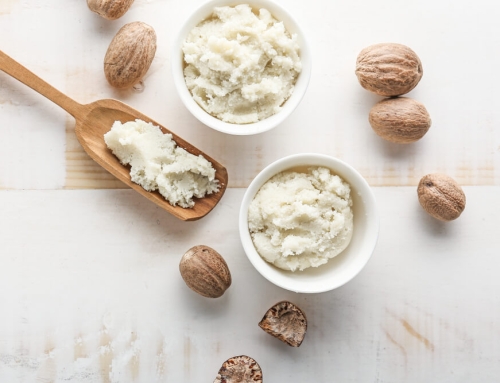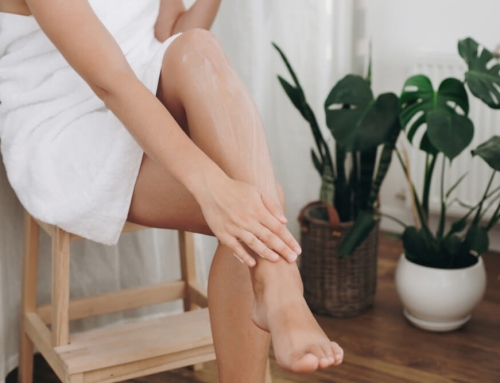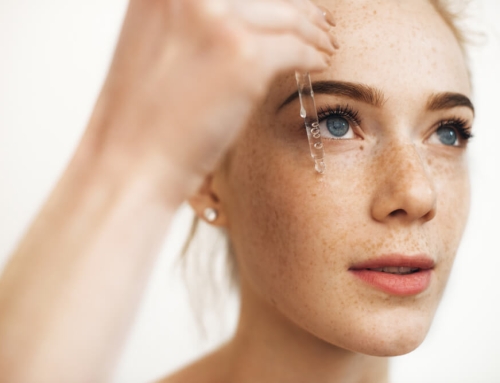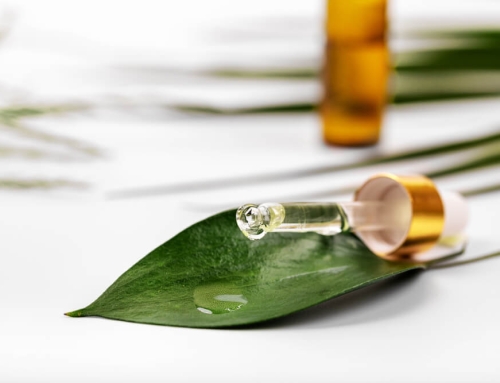
Your skin is a large and complicated organ. It has to be given it is the one that faces among the most constant challenges to keeping the rest of you healthy and safe. Each of its three parts plays its own role in protecting your body. Through our how your skin works series, we’ve discussed the functions of both the epidermis and the dermis. Each contributes to the defense, but they have their own specialized functions as well. The same is true of the deepest part of your skin: the hypodermis. This section of your skin is also sometimes called subcutaneous tissue and it is the subject of our final article. The hypodermis isn’t necessarily as dramatic in all it does as the other layers, but you do still need it.
Getting to the Root of Things
Each hair on your body is actually rooted in the hypodermis. The shaft of the hair passes up through the dermis and epidermis to exit into open air. Last time we saw how sebaceous glands use the shaft of the hair. In some ways, they’re part of the overall structure of hair in your body, but they aren’t the crucial component. The roots rest closest to the blood supply of the body and are what we all try to keep healthy to maintain hair beyond the use polish and shine of shampoo and conditioner. Their proximity to the dermis and to clusters of nerves on the inside of the body is also what makes them particularly sensitive. Hair roots do share the hypodermis with some sweat glands as well due to some being scattered in it as well as the dermis.
The Exchanging Area
The hypodermis is also necessarily the entry point for the blood vessels that pass through the dermis. This makes it a particularly important area. Without the hypodermis’ structure, the dermis couldn’t be sustained and wouldn’t be able to fight back external bacteria and the like nearly as easily. When OROGOLD discussed the epidermis, we mentioned Langerhans cells. This is where they come into play. The hypodermis’ function for providing blood flow to the skin also means it is the passage for white blood cells. The white blood cells pass through the vessels into the dermis and once they encounter cells tagged by the Langerhans cells the white blood cells dispose of them. It takes all three layers of your skin acting in concert to ensure this important function is maintained. Additionally, the hypodermis has a fair amount of mast cells within it as well. These are cells that help close any wounds you get.
Backup Plans
You’ve probably gathered by now that the hypodermis shares a bit in common with the dermis. They do have overlap in their functions, but sometimes the exact functions vary slightly. Part of the sensation of touch is housed in the hypodermis as well, but in this case, the nerves are designed to detect the position and movement of joints to give you a clear idea of the finer movements you make. Similarly, there is some collagen and elastin in the hypodermis as well. Here is serves more as a glue that maintains the connection to the other layers of the skin. The last thing here are fat deposits that can influence appearance to a degree. Subcutaneous fat distribution varies from person to person and between sexes. Its effect on appearance is relatively minor, but typically connected to the apparent transparency of the skin itself.
You deserve to understand your skin given all the effort you put into caring for it. OROGOLD hopes you’ve gained an understanding from the articles in this series that your skin is about more than your appearance. It provides you with many vital functions that help keep you happy and healthy. Taking care of your skin will keep you looking good, yes, but taking care of your skin is also the best way you have to show your appreciation for such a vital organ.

